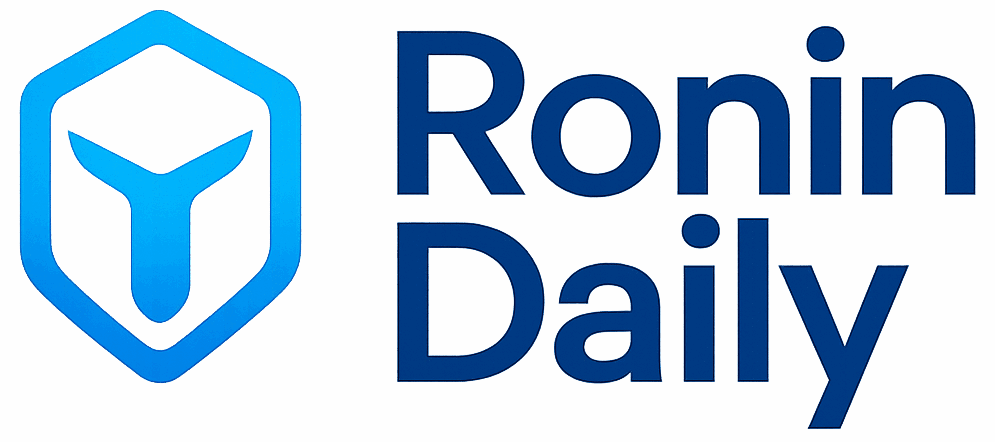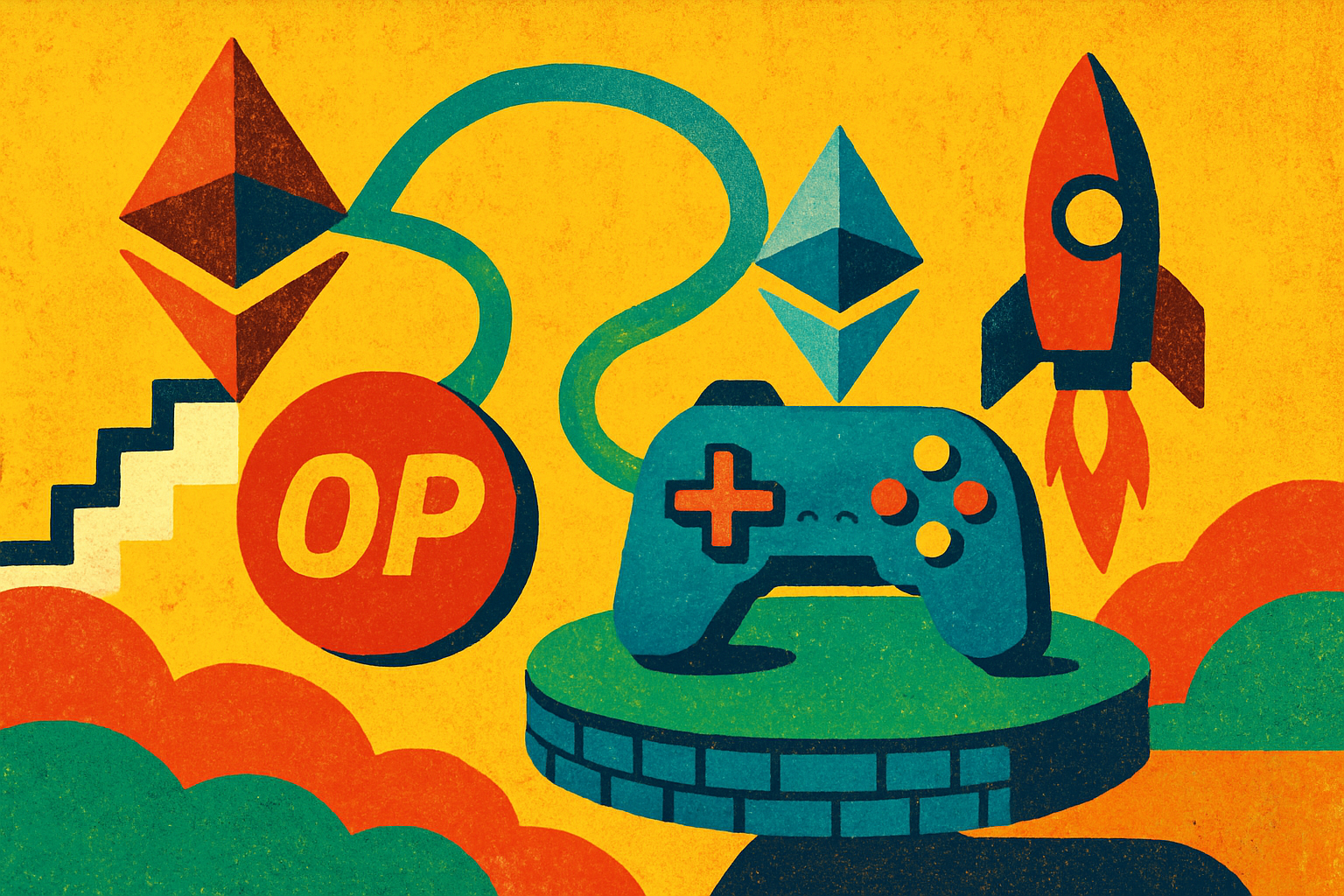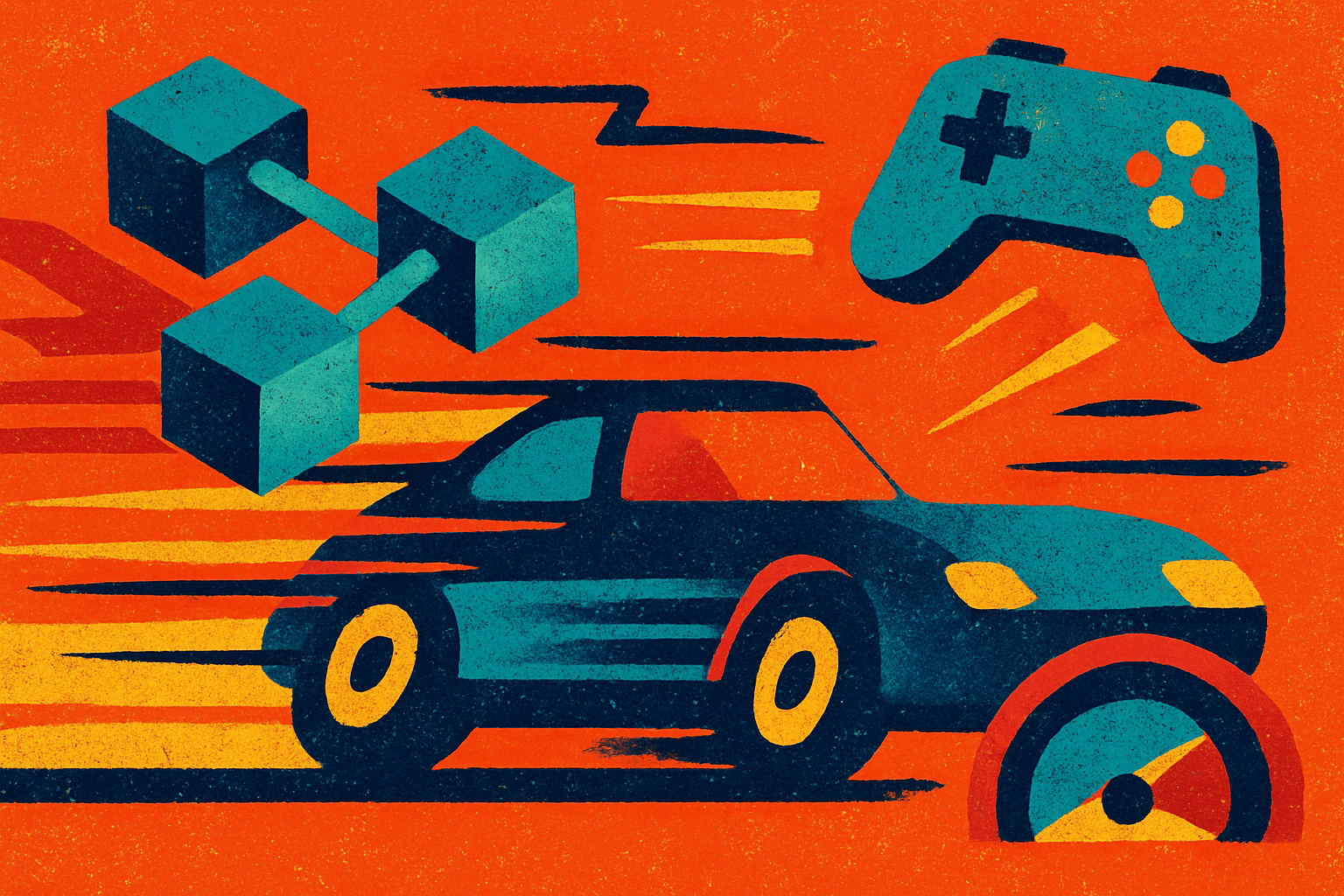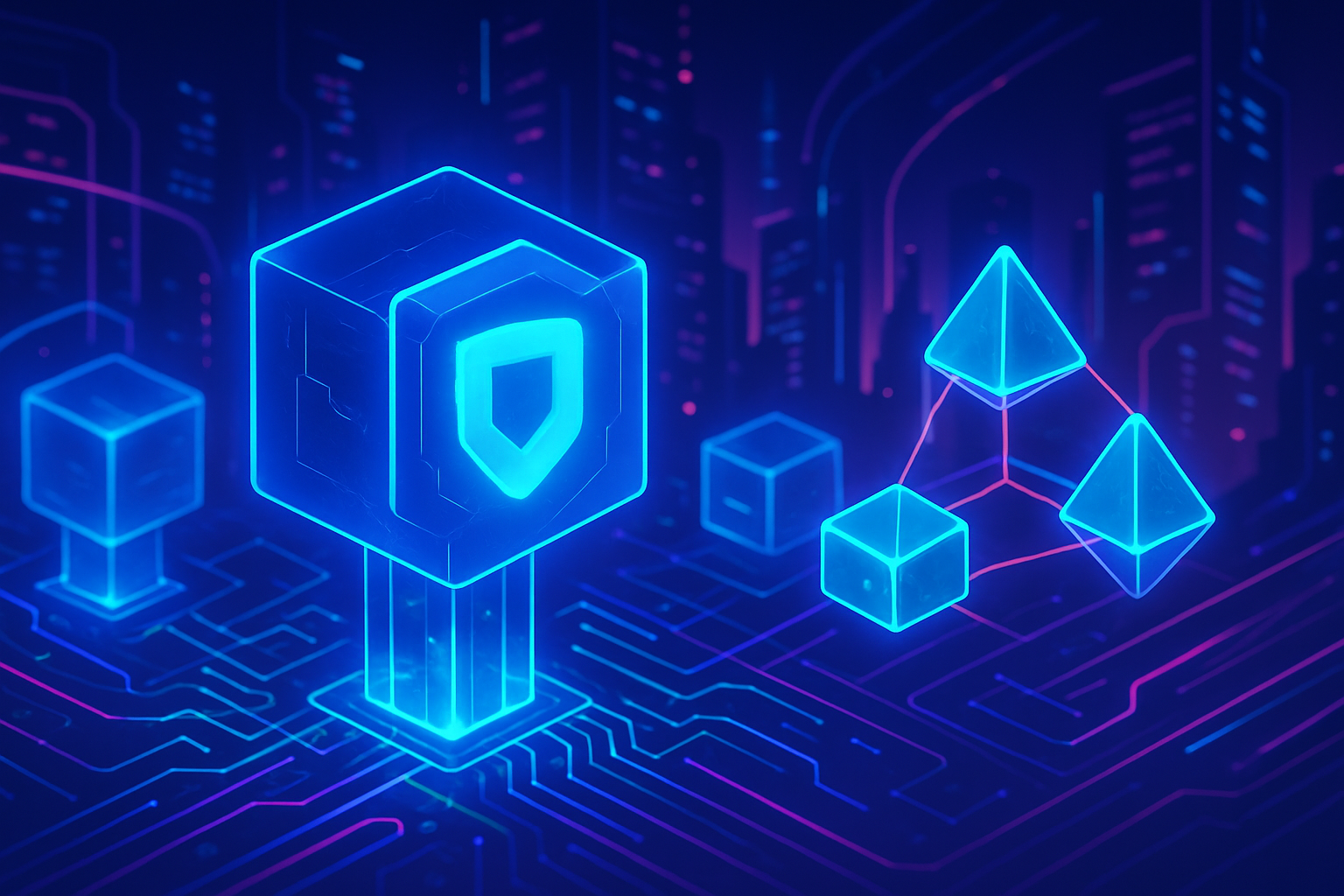
The blockchain industry has long been defined by its most persistent challenge: the scalability trilemma. This concept, first articulated by Vitalik Buterin, posits that blockchains must make trade-offs between three crucial properties: scalability, security, and decentralization. Historically, optimizing for two of these pillars has come at the expense of the third. Yet as Web3 adoption accelerates and user demands intensify, this trade-off is no longer tenable. Enter Ronin Layer 2 rollups: a new paradigm in blockchain architecture that promises to break this deadlock.
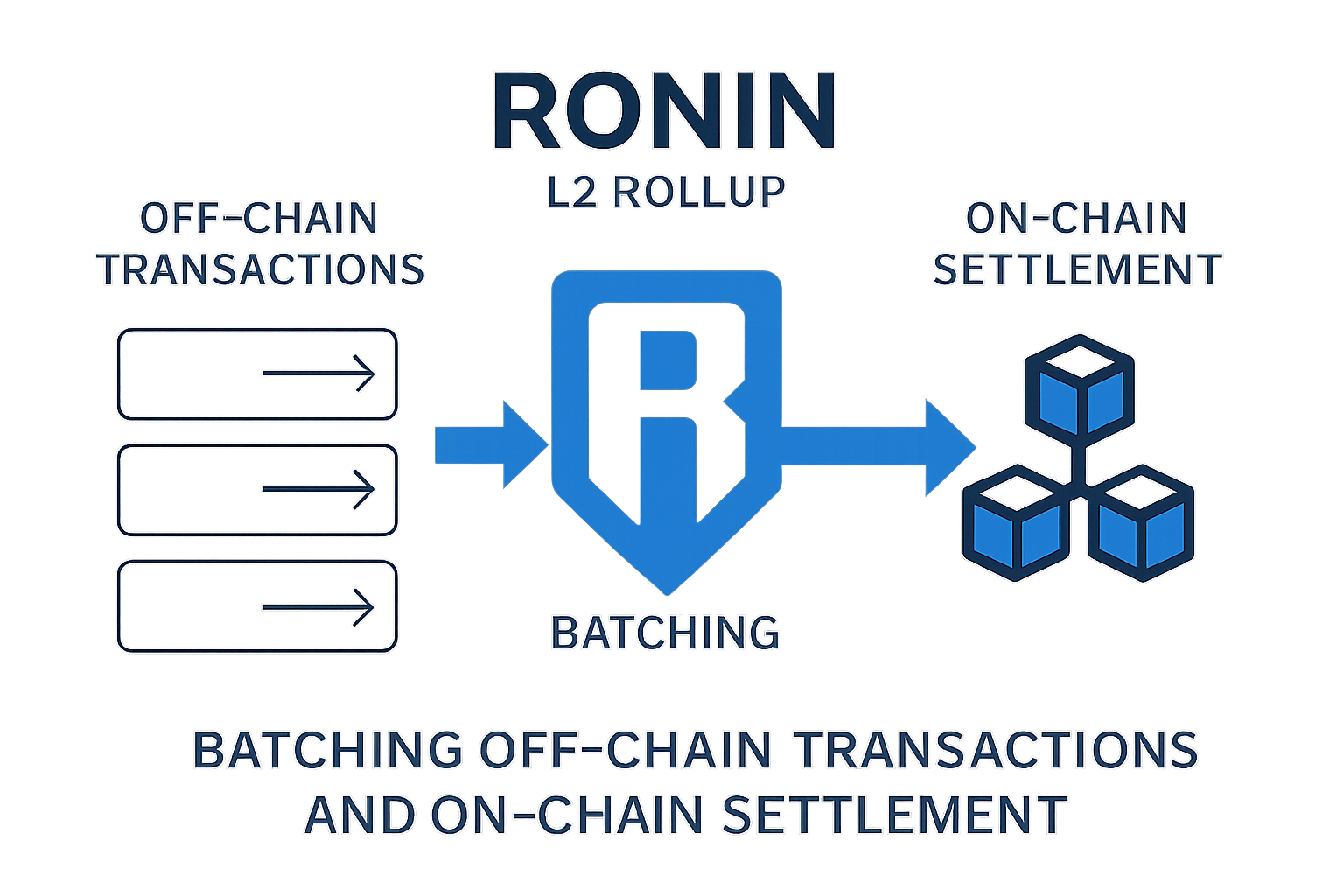
Why the Blockchain Scalability Trilemma Matters in 2025
Today’s blockchain networks face unprecedented pressure. The rise of NFT gaming, DeFi, and digital asset economies has pushed transaction volumes to all-time highs. Ronin’s own metrics are telling: at its peak, the network processed up to 7.5 million transactions per day, dwarfing many established chains (source). But scaling isn’t just about raw numbers. It’s about enabling seamless user experiences without sacrificing security or decentralization, two qualities that underpin trust in any public ledger.
The traditional approach, monolithic scaling, relies on optimizing every layer within a single chain. While this can deliver incremental gains, it quickly hits limits around validator performance and consensus speed. That’s why Ronin is pivoting towards a modular scaling strategy, leveraging Layer 2 (L2) rollups to multiply throughput by orders of magnitude.
How Ronin Rollups Turbocharge Scalability Without Compromise
L2 rollups bundle hundreds or thousands of off-chain transactions into a single on-chain commitment. On Ronin, this means massive efficiency gains: instead of each transaction being individually validated and stored on the mainnet, batches are compressed and periodically settled with cryptographic proofs (source). This approach slashes gas costs and unlocks near-instant finality for users, a critical breakthrough for gaming platforms and DeFi protocols where latency kills engagement.
Ronin’s embrace of zero-knowledge (ZK) rollups further elevates its L2 architecture. ZK rollups use advanced cryptography to prove that off-chain computations are valid without revealing sensitive data or requiring all validators to re-execute every transaction. The result? Security is inherited from the mainnet while throughput scales horizontally across multiple L2 instances, making it theoretically possible to handle hundreds of millions of daily transactions in the future.
The Security Foundation: Audits, Bounties and Shadow Forks
No discussion of scalability is complete without addressing security. As Layer 2 solutions multiply touchpoints between off-chain computation and on-chain settlement, new vectors for attack can emerge (source). Ronin tackles this head-on through:
- External code audits: Engaging top-tier auditors to review smart contracts and infrastructure.
- A $1,000,000 bug bounty program: Incentivizing white-hat hackers to uncover vulnerabilities before they go live.
- Shadow forks: Running devnets cloned from live networks for realistic stress testing, without putting actual funds at risk.
- Layered test environments: Private devnets feed into public testnets (like Saigon), culminating in mainnet deployment only after rigorous validation.
This multi-pronged approach ensures that as scalability increases via rollups, security remains uncompromised, a non-negotiable standard in today’s permissionless ecosystems.
Yet, even with robust scalability and security, the third pillar provides decentralization: demands close attention. Historically, L2 solutions have faced criticism for introducing centralized operators or sequencers, potentially undermining trustless guarantees. Ronin’s strategy is to observe and adopt best-in-class practices from across the Ethereum L2 ecosystem, ensuring that modular scaling does not become a vector for centralization.
Decentralization in a Modular Future: Ronin’s Approach
Maintaining decentralization while scaling is no small feat. As Ronin integrates multiple rollups into its architecture, governance and validator participation must remain open and transparent. The team is actively exploring decentralized sequencer models and permissionless rollup deployment to distribute control over transaction ordering and block production. These efforts are vital not only for technical resilience but also for the network’s social legitimacy as a public good in Web3.
Key Advantages of Ronin L2 Rollups for Developers & Users
-
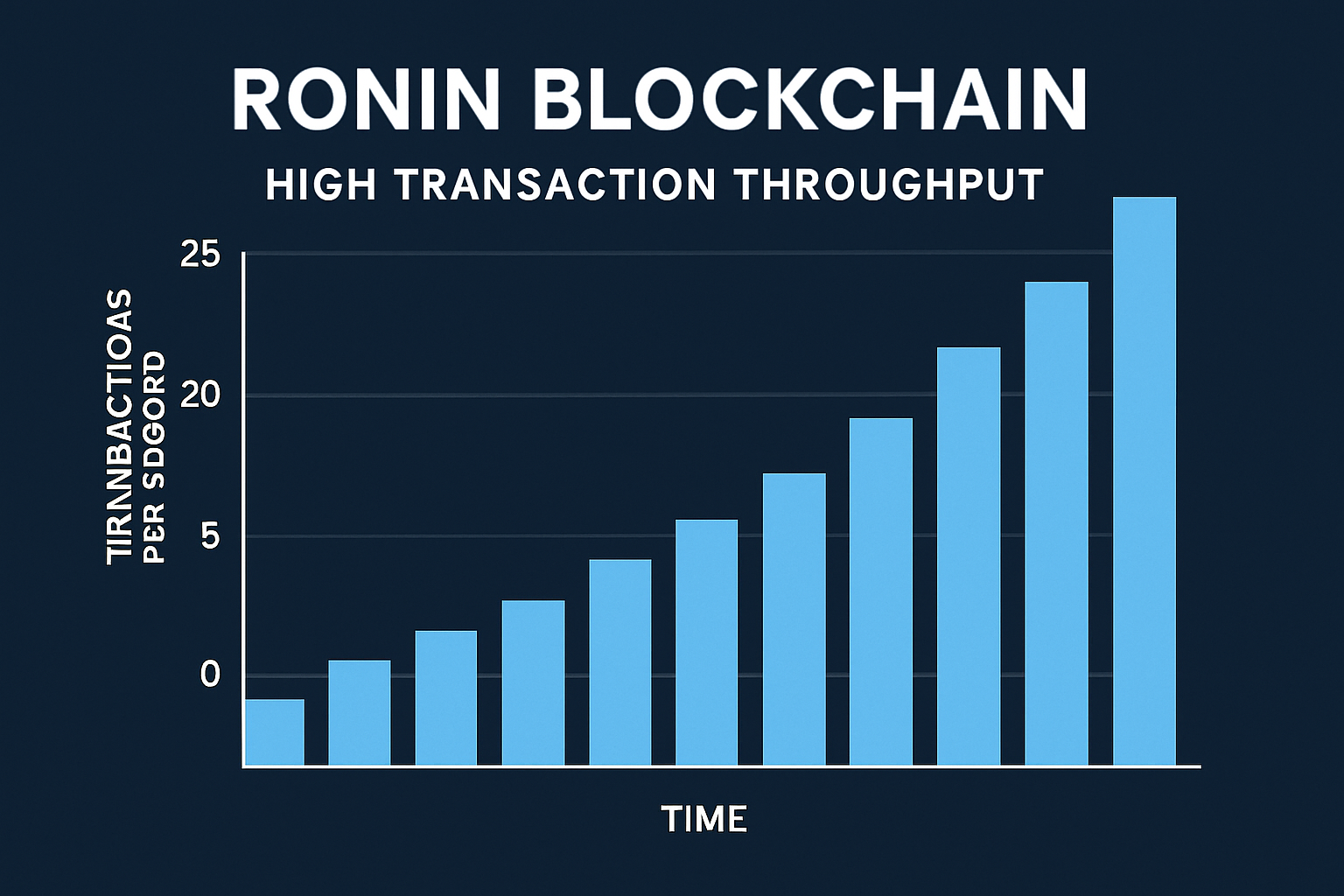
Massive Scalability: Ronin Layer 2 rollups can process up to 7.5 million transactions per day, and with modular scaling, aim for hundreds of millions—making high-throughput gaming and DeFi possible.
-
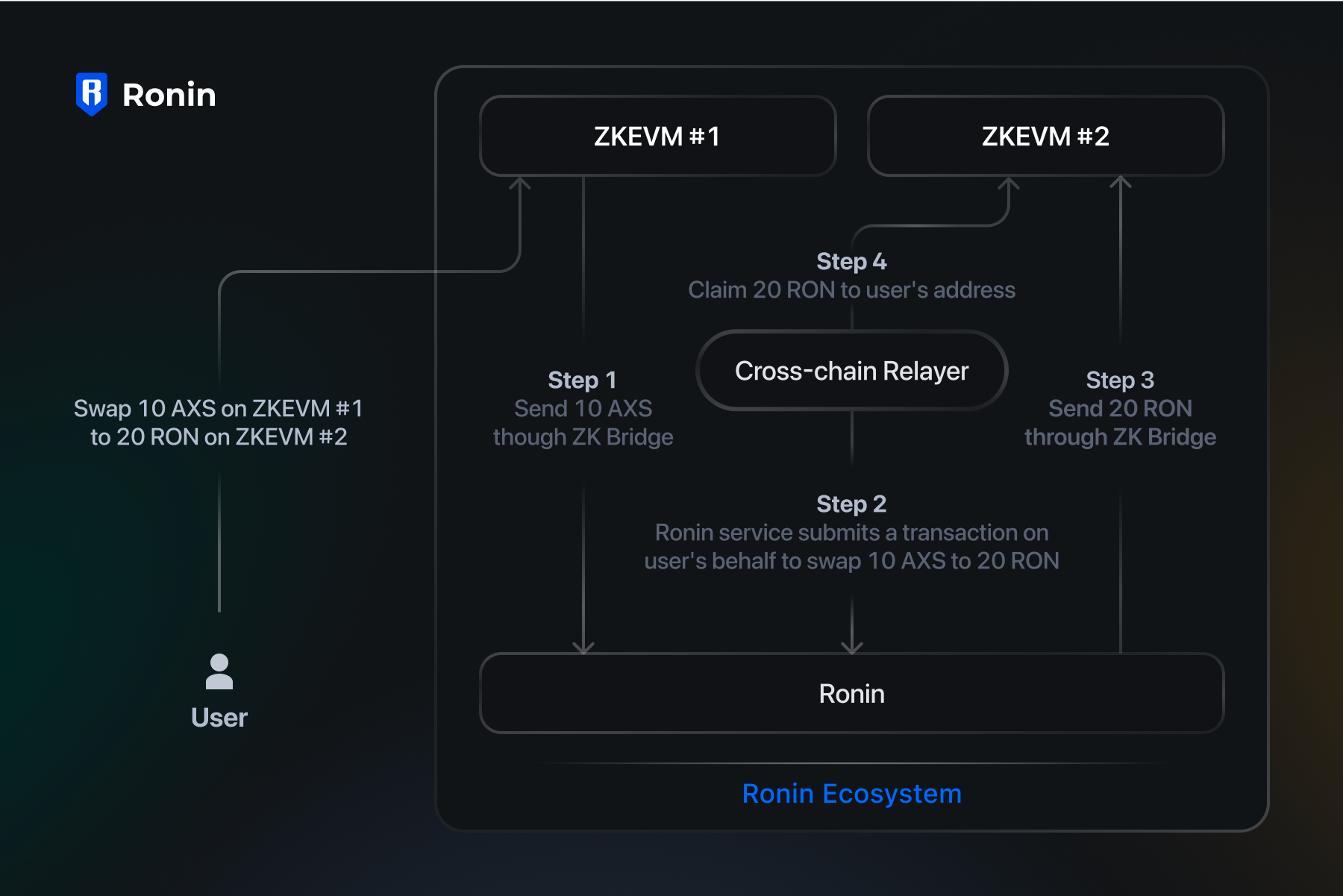
Lower Transaction Fees: By bundling transactions off-chain and settling them in batches, Ronin L2 rollups significantly reduce gas costs for users and developers.
-
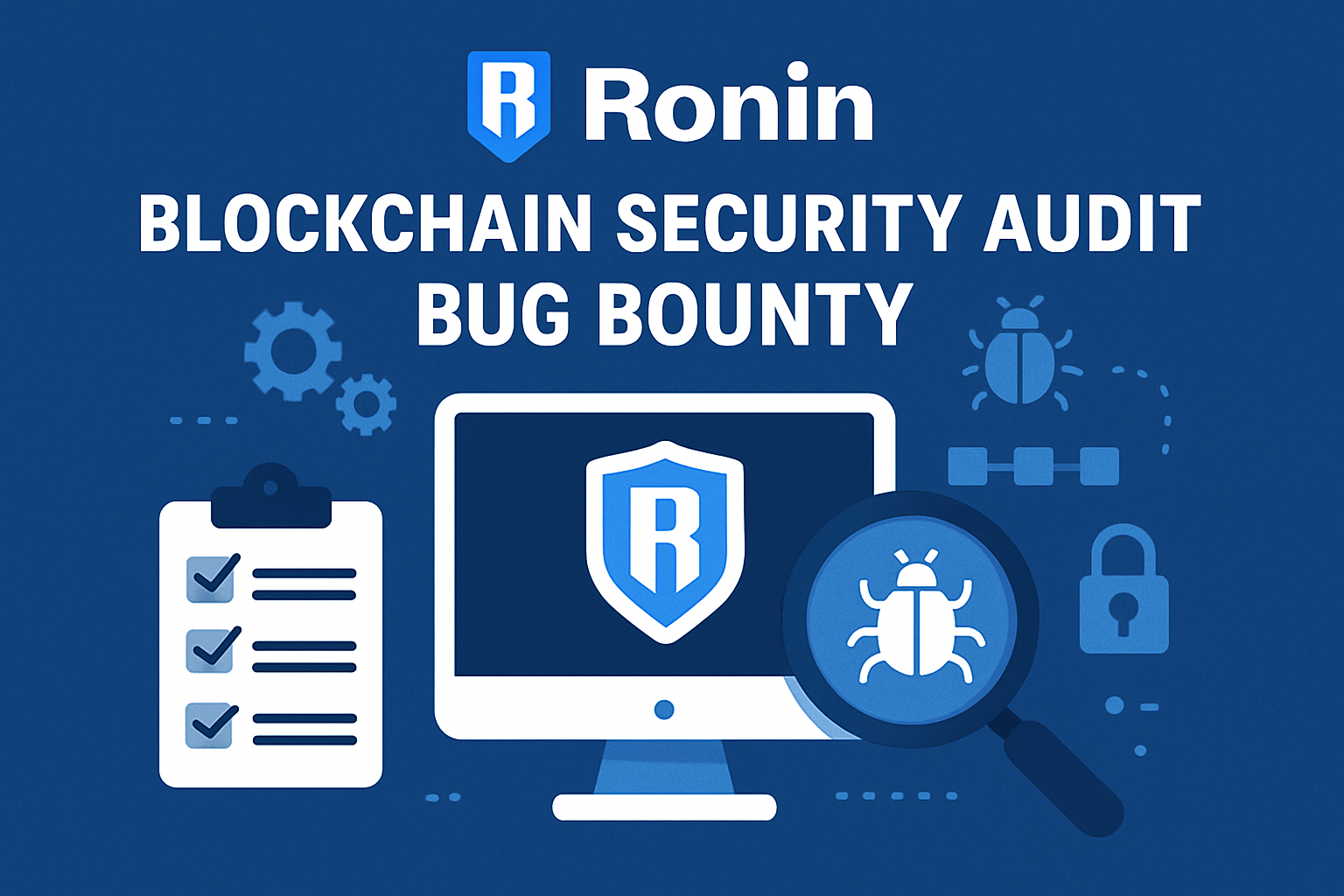
Robust Security Measures: Ronin employs external audits, a $1,000,000 bug bounty, and advanced testing (including shadow forks) to ensure the safety of assets and code.
-
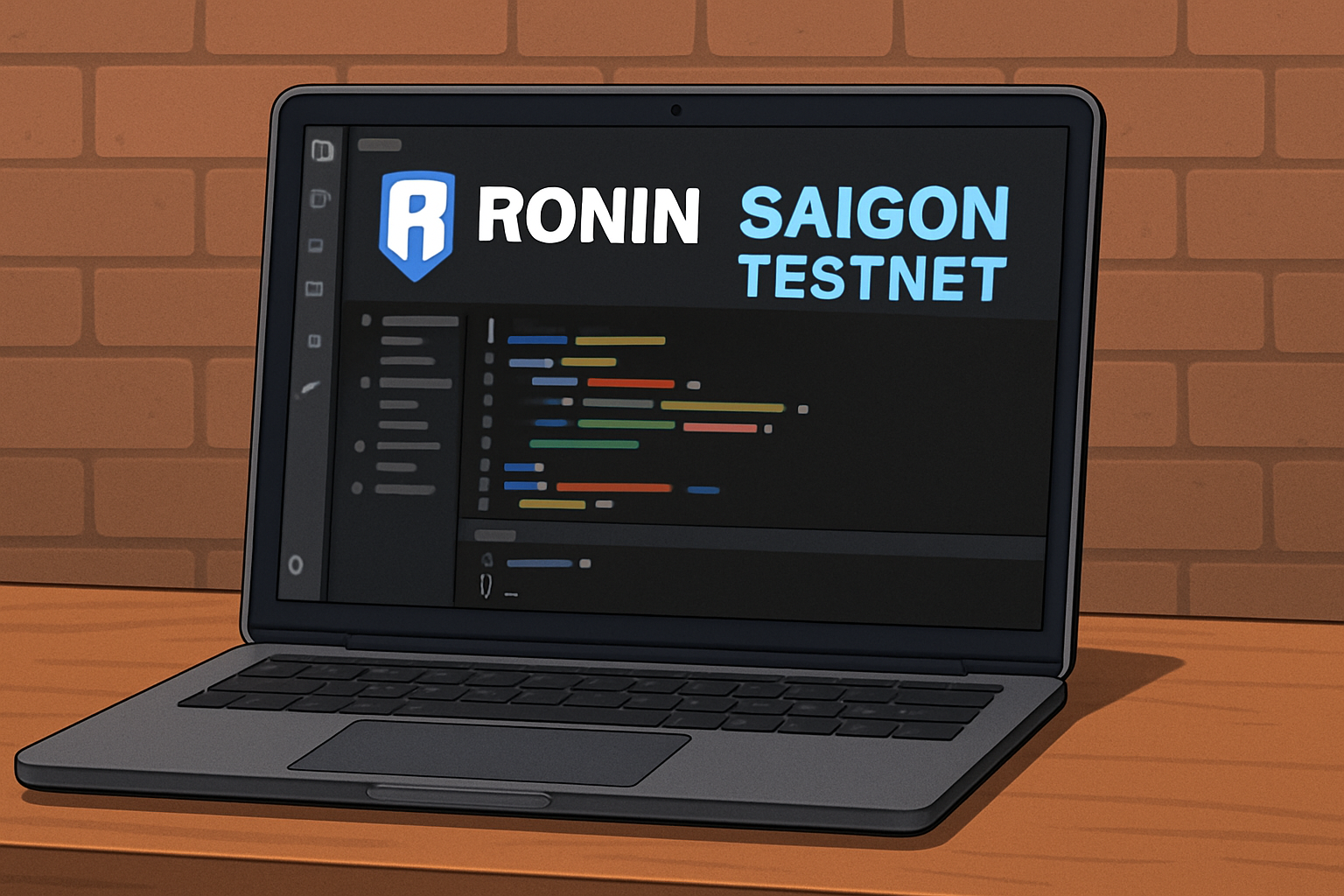
Developer-Friendly Testing Environments: With private devnets, public Saigon testnet, and shadow forks, developers can test dApps in realistic conditions before mainnet deployment.
-
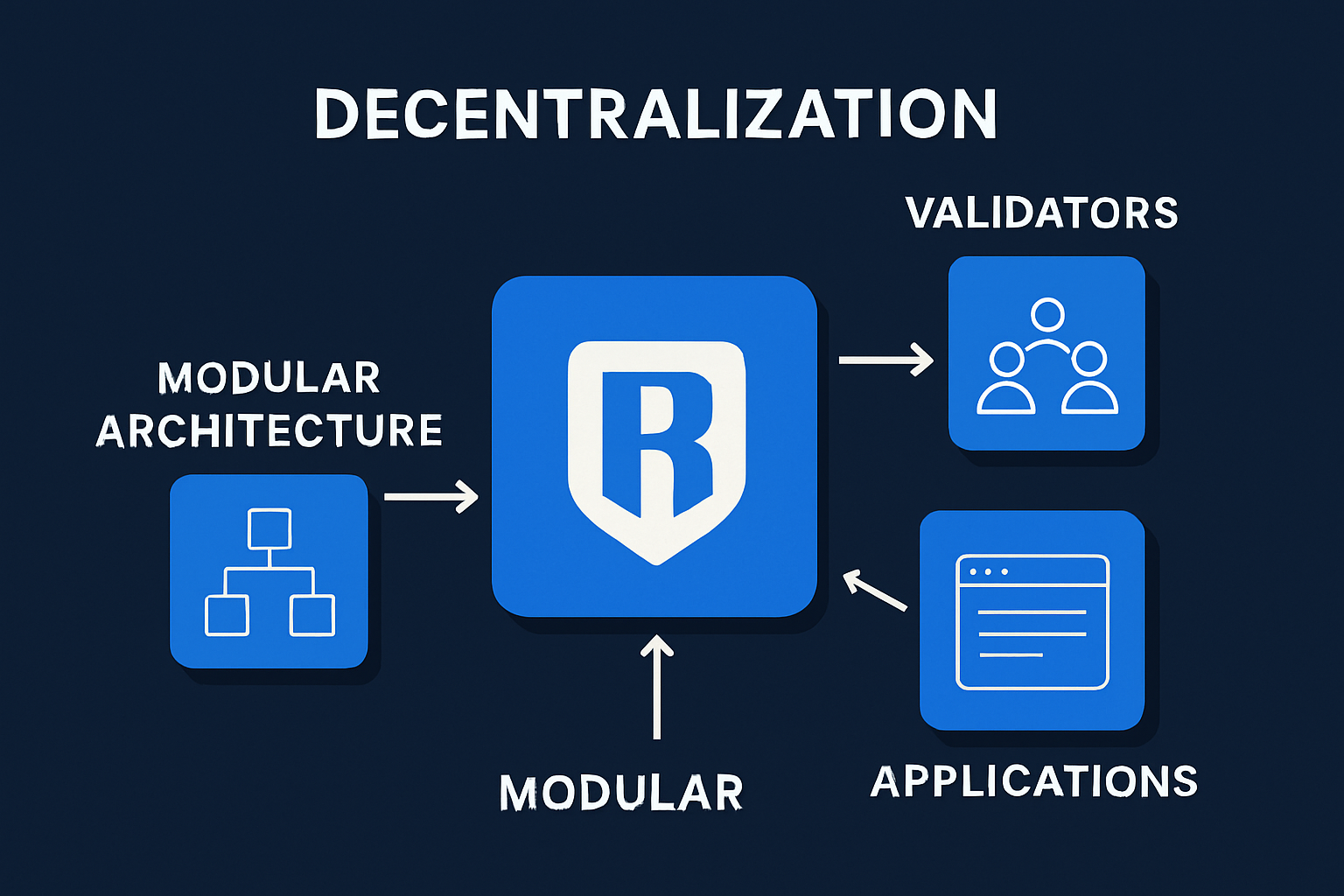
Path to Greater Decentralization: Ronin is actively researching and adopting best practices from leading projects to ensure that scalability does not compromise decentralization.
This commitment to decentralization is not just theoretical. Ronin’s ongoing migration from L1 to Ethereum L2 by Q2 2026 (source) will further enhance interoperability with the broader Ethereum ecosystem while leveraging shared security assumptions. Developers building on Ronin can tap into established standards, tooling, and liquidity pools, while users benefit from seamless cross-chain experiences.
What Sets Ronin Apart in the Race for Blockchain Scalability?
While many chains tout L2 integrations, few have demonstrated throughput at scale like Ronin. Processing up to 7.5 million transactions per day is no small feat, and with a modular roadmap targeting hundreds of millions daily, the ambition is clear. The use of ZK rollups positions Ronin at the forefront of privacy-preserving scalability, an edge as regulatory scrutiny on data handling intensifies globally.
The platform’s layered approach, combining rigorous security practices with gradual decentralization, provides a blueprint for others navigating the blockchain scalability trilemma. By refusing to compromise on any single pillar, Ronin offers a compelling value proposition to builders who demand both performance and trust.
Which aspect of Ronin Layer 2 rollups matters most to you?
Ronin is tackling the blockchain scalability trilemma by integrating Layer 2 (L2) rollups, especially zero-knowledge (ZK) rollups, to boost transaction speed, security, and decentralization. With Ronin processing up to 7.5 million transactions per day and maintaining strong security measures, we’re curious: which core benefit is most important to you as Ronin evolves?
Current Market Pulse: RON Price at $0.4725
The market has taken notice of these developments. As of now, RON trades at $0.4725, reflecting both recent volatility (24h change: -0.0448%) and growing anticipation around upcoming upgrades (source). For investors and developers alike, price action serves as both signal and feedback loop, a dynamic barometer for sentiment around scalability breakthroughs in Web3 infrastructure.
Ultimately, Ronin Layer 2 rollups represent more than just another scaling solution. They embody a holistic vision where throughput doesn’t come at the expense of security or decentralization. As modularity reshapes blockchain architecture in 2025 and beyond, expect Ronin’s innovations, and its challenges, to set new standards across gaming, DeFi, and beyond.
